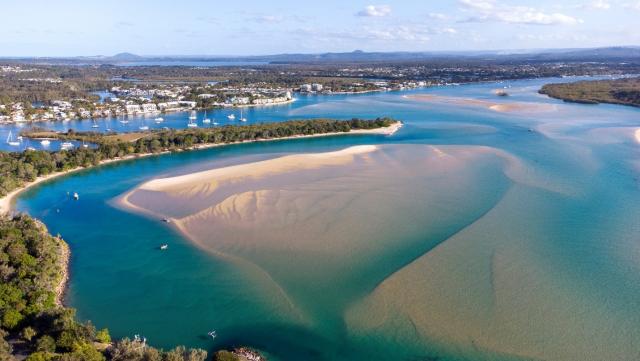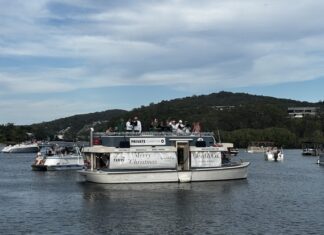Noosa Today caught up recently with Peter Hunnam, lead author of last year’s report on the state of Noosa River Estuary in the lead up to Clean Up Australia Day.
The assessment report – available on the NICA web site – provided a fresh perspective on the ecology, use and over-use of the lower Noosa River. It highlighted the extent of pressures caused by urban development closely around its margins, notably all the stormwater drains, road reserves, urban parks, jetties and private properties that impact directly on the foreshore and riparian wetlands.
When asked what progress he thought had been made towards implementing the report’s recommendations, Peter said that he was hopeful but not overly optimistic.
“The Estuary – Pressures Assessment was presented last year to Noosa Council and to Council’s community reference group for improving Noosa River management (NRSAC). The report was well received by council staff and NRSAC Members but no clear road map has been developed for tackling any of the river or foreshore management issues raised in the report,” he said.
Peter pointed out that actions to conserve or restore impacted sections of the shallow estuary and foreshore require concerted action by several parts of council, which is often easier said than done.
“Those concerned with the natural functioning and amenity of the river and catchment need to work with those responsible for managing the large amounts of infrastructure developed on the shore and closely around the estuary,” he said.
“There is some talk about increasing foreshore reserves, but I consider this as more of a distraction, really a no-brainer. Far more important is to reduce the amount of infrastructure and development on the shore and across the littoral and riparian zones. This means removal or re-design and conversion of the many built structures, making them “Low Impact”. There are too many roads, parking areas, jetties, ramps, concrete drains, sewer lines and buildings that do too much ecological damage. We need to stop hardening and sterilising all along the marginal wetlands, and systematically restore and regain more ecologically healthy and attractive foreshore.”
Peter is encouraged that this year’s Clean Up Australia Day coordinated by NICA is organizing an extra focus on Cleaning Up the River, making use of the Estuary – Pressures Assessment to identify sites where ecological damage and associated rubbish accumulate.
And he is also hopeful that NICA and council will soon be working together on a pilot and demonstration project to develop a series of Living Foreshores, looking at effective ways of re-purposing degraded sections to enhance their ecological functions and control the impacts of adjacent urban development.







